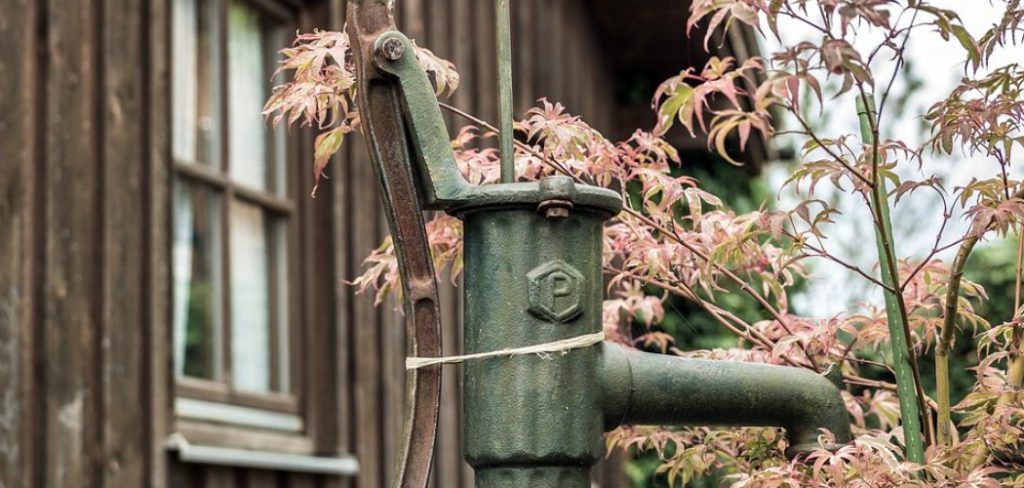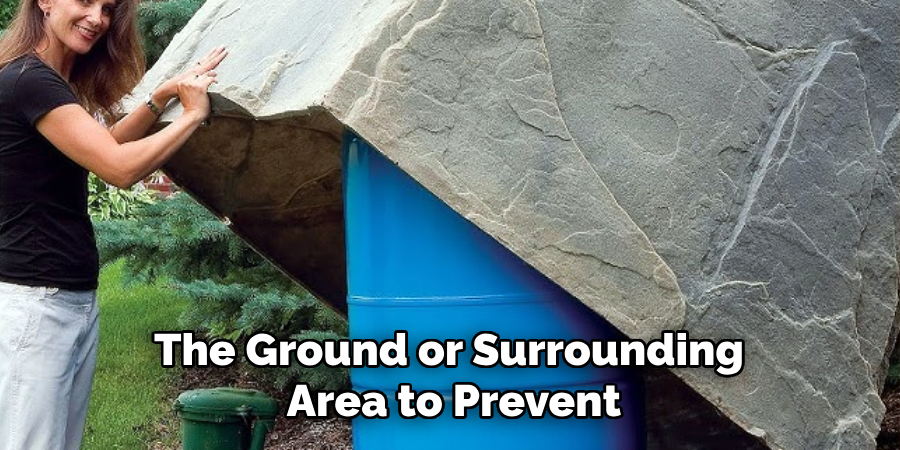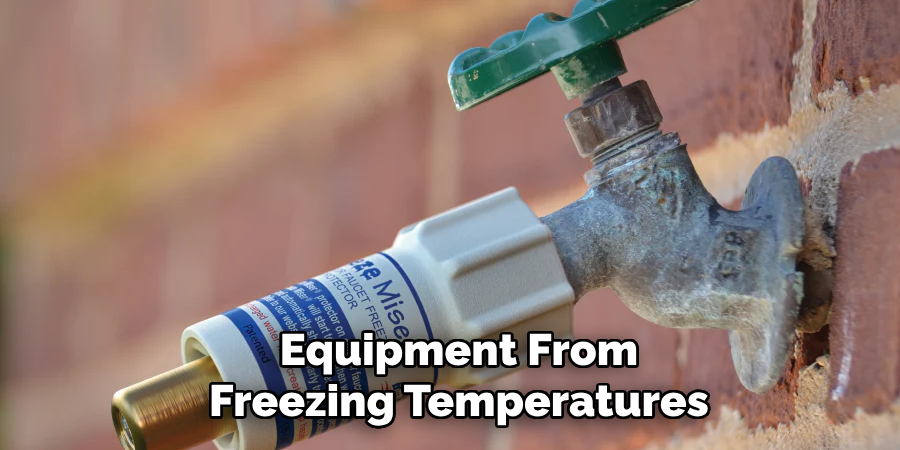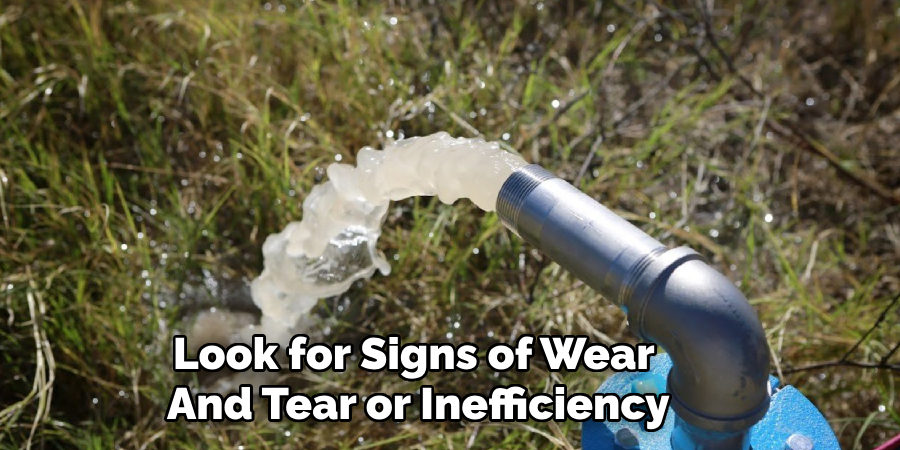When it comes to protecting your well pump, proper coverage is essential to ensure longevity and efficient operation. A well pump is a critical component of your water system, and exposure to harsh weather conditions, debris, or other external elements can lead to damage or decreased performance. With the right materials and techniques, you can shield your well pump effectively, minimizing maintenance needs and avoiding costly repairs.

This guide on how to cover a well pump will walk you through the steps to cover your well pump and safeguard it from potential harm. For a functional and stylish solution, consider exploring DIY well pump cover ideas diy to protect your pump while enhancing your outdoor space’s appearance.
Choosing the Right Type of Well Pump Cover
When it comes to protecting your well pump, the type of cover you choose is crucial. There are different options available in the market, but not all of them may be suitable for your specific needs. Here are some factors to consider when choosing a well pump cover:
Material:
Well pump covers can be made from various materials such as metal, plastic, or wood. Each material has its pros and cons, so make sure to research and weigh your options carefully before making a decision. Metal covers are durable and can withstand harsh weather conditions, but they may be more expensive. Plastic covers are lightweight and easy to install, but they may not provide as much protection as metal covers. Wood covers are aesthetically pleasing and can blend in with your outdoor surroundings, but they may require more maintenance.
Size:
It’s important to choose a well pump cover that fits your specific pump size. A cover that is too small will not provide adequate protection, while one that is too large may not fit securely and could potentially be a safety hazard.

Security:
Well pumps can be a prime target for vandals or thieves looking to steal valuable copper components. When choosing a well pump cover, it’s important to consider security features such as locks or tamper-proof designs.
Material:
Well pump covers come in a variety of materials, including plastic, metal, and wood. Each material has its own benefits and drawbacks. Plastic is lightweight and inexpensive but may not offer the same level of durability as metal or wood. Metal covers are typically more durable and secure, but they can be heavier and more expensive. Wooden covers can provide a natural look that blends in with outdoor surroundings, but they may require more maintenance to prevent rotting or warping.
6 Simple Methods on How to Cover a Well Pump
Method 1: Using a Plastic Cover
Using a plastic cover is one of the simplest and most cost-effective ways to protect your well pump. Plastic covers are lightweight, making them easy to install and move if necessary. They are also weather-resistant, providing reliable protection against rain, snow, and UV rays. To use a plastic cover, measure the dimensions of your well pump to ensure the cover fits snugly.

Secure the cover to the ground or surrounding area to prevent it from being displaced by strong winds. Additionally, look for high-quality plastic covers labeled as UV-resistant to ensure they do not become brittle over time when exposed to sunlight. While plastic covers may not be as durable as metal options, they are a practical choice for those on a budget.
Method 2: Metal Covers
Metal covers are a more durable option for protecting your well pump. They typically come in steel or aluminum and can be coated with paint or powder for added protection against the elements. Some metal covers also come with insulation, which can help prevent freezing during winter months.
When choosing a metal cover, make sure to measure the dimensions of your well pump and select a cover that fits snugly over it. Many metal covers also come with anchoring options to secure them to the ground or surrounding area, preventing them from being displaced by strong winds. While they may be more expensive than plastic covers, their durability makes them a long-term investment for protecting your well pump.
Method 3: Custom-built Enclosure
A custom-built enclosure is an excellent option for those looking for a tailored solution to protect their well pump. This method allows you to design and build a cover that fits the specific size and shape of your pump while accommodating any additional features, such as insulation or ventilation. Using durable materials like treated wood, metal, or composite panels ensures the structure remains sturdy and weather-resistant.
You can also integrate decorative elements to blend the enclosure with your property’s aesthetic. While this option may require more time and effort, it provides maximum flexibility and allows you to address the unique needs of your well pump system. For instance, you can add hinged doors for easy access or windows for natural lighting.
Method 4: Using Insulated Enclosures
In cooler climates, it is important to consider using insulated enclosures for your well pump system. This will help protect your equipment from freezing temperatures and potential damage. Insulated enclosures can also help regulate the temperature inside, preventing overheating during warmer months.

There are different types of insulation materials available such as foam panels, fiberglass, or spray foam. It is recommended to consult with a professional to determine the best option for your specific location and climate.
Method 5: Regular Maintenance
Performing regular maintenance on your well pump system is crucial to ensure its longevity and optimal performance. Routine checks can help identify potential issues before they become major problems, such as leaks, corrosion, or worn-out components. Inspecting and cleaning your pump system, including the motor, pipes, and connections, is essential to keep everything functioning smoothly.
Additionally, consider scheduling professional maintenance at least once a year to address any technical concerns that might be beyond routine inspections. Staying proactive with maintenance can save you time and money while preventing unexpected breakdowns.
Method 6: Upgrading Your Pump System
It’s important to regularly evaluate the functionality and efficiency of your pump system. As technology advances, newer models with more advanced features are constantly being introduced to the market. By upgrading your pump system, you can potentially increase its performance, reduce energy consumption and cut down on maintenance costs.
Before making any upgrades, it’s crucial to assess your current system’s capacity and determine whether an upgrade is necessary. Look for signs of wear and tear or inefficiency, such as increased energy usage or frequent breakdowns. Additionally, consider if your pumping needs have changed since the installation of your current system.

Following these steps on how to cover a well pump, you can begin the upgrade process.
Maintenance Tips for a Well Pump Cover
Proper maintenance of your well pump cover is essential to ensure its longevity and to protect the well pump effectively. Here are a few key tips to keep your well pump cover in excellent condition:
Regular Inspections:
Check the cover periodically for signs of cracks, rust, or damage caused by weather or pests. Address any issues promptly to prevent further deterioration.
Cleaning:
Clean the well pump cover regularly to remove any dirt, leaves, or debris that may accumulate on top of it. This not only keeps it looking good but also prevents potential clogs or damage to the pump.
Proper Ventilation:
Ensure that the well pump cover has proper ventilation to prevent moisture buildup and potential mold growth. This can also help regulate the temperature inside, preventing any electronics from overheating.
Pest Control:
Take measures to keep pests away from your well pump cover, such as setting up traps or using natural repellents. Pests like rodents or insects can cause damage to the cover and potentially compromise its protection for your well pump.
Secure Fittings:
Make sure all fittings, such as hinges and latches, are secure and functioning properly. Loose fittings can lead to gaps in the cover, allowing pests or debris to enter and cause damage. Regularly check and tighten any loose fittings to maintain the integrity of your well pump cover.
Inspect for Damage:
Regularly inspect your well pump cover for any signs of damage, such as cracks or holes. If you notice any damage, repair it immediately to prevent further issues. Ignoring minor damages can lead to larger problems down the road, so it’s important to address them as soon as possible.
Cleaning and Maintenance:
Keep your well pump cover clean and free of debris by regularly wiping it down with a damp cloth or using a gentle cleaner. Avoid harsh chemicals that could potentially corrode or damage the cover material. Additionally, schedule regular maintenance checks for your well pump to ensure it’s operating efficiently and catch any potential issues before they become major problems. This includes checking the pressure, inspecting for leaks or damage, and replacing any worn-out parts.
Conclusion
Proper care and maintenance of your well pump and its cover are essential for ensuring long-term efficiency and functionality. By keeping it clean, avoiding harsh chemicals, and conducting regular checks, you can prevent costly repairs and extend the lifespan of your well pump system.
With consistent effort and attention, you’ll maintain a reliable water source for years to come. Thanks for reading this article on how to cover a well pump.
About the Author
Adrian Green is a passionate woodworking enthusiast who has dedicated his life to the craft of woodworking. From his early days working alongside his father in the family woodworking shop, Adrian has honed his skills and developed a deep love for creating beautiful, functional pieces with his hands. As the voice behind The Woodenify Blog, he shares his knowledge, tips, and inspiration with fellow woodworkers of all skill levels, helping them build confidence in their abilities while learning new techniques.
Professional Focus
- Specializes in DIY woodworking projects, from furniture making to home décor.
- Provides step-by-step guides, tips, and practical tutorials for woodworkers at any skill level.
- Focused on empowering readers with confidence and knowledge through easy-to-follow instructions and hands-on techniques.
- Passionate about building a community where makers can share, learn, and grow together in the world of woodworking.
Education History
University of Craft and Design – Bachelor of Fine Arts (BFA) in Woodworking and Furniture Design
Woodworking Apprenticeships – Gained extensive hands-on experience through various workshops and mentorships with seasoned craftsmen, refining carpentry and furniture-making skills.
Expertise
- DIY woodworking, carpentry, furniture making, and home décor projects.
- Creating clear, accessible tutorials and guides for beginner to advanced woodworkers.
- Helping readers experience the satisfaction and fulfillment of turning raw materials into stunning finished products.
